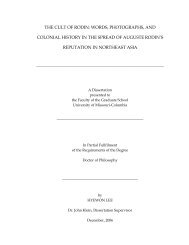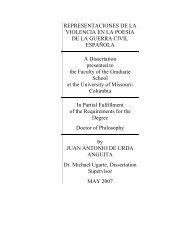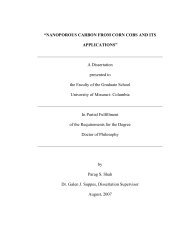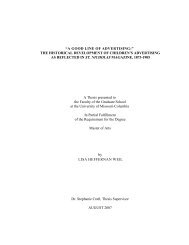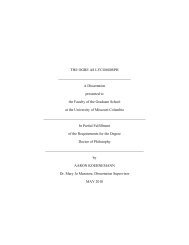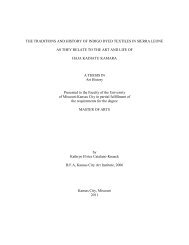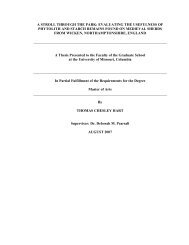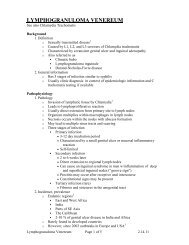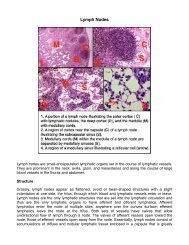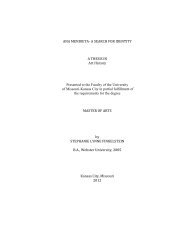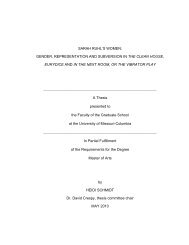Social Construction of Reality - Bad Request
Social Construction of Reality - Bad Request
Social Construction of Reality - Bad Request
Create successful ePaper yourself
Turn your PDF publications into a flip-book with our unique Google optimized e-Paper software.
principles (Patton, 1997) in order to provide the basis for the evaluation <strong>of</strong> The School<br />
District’s program evaluation model. The UFE paradigm suggests that for evaluations to<br />
be useful, and thus utilized, stakeholders must be involved as much as possible with all<br />
facets <strong>of</strong> the evaluation. The UFE approach stipulates that the primary intended users will<br />
participate in the selection <strong>of</strong> the most significant content, methods, theory, and<br />
applications pursuant to the contextual reality in which the organization functions.<br />
This study was predicated upon qualitative research methods. The School<br />
District’s superintendent, who articulated the need for a program evaluation model in her<br />
district, inspired this proposed research. She explained how the pervasive culture <strong>of</strong><br />
compliance erodes away at any hope for organizational knowledge creation. She<br />
expressed an unwillingness to allow this to happen on her watch and explained that she<br />
would very much like to engage her key stakeholders in the challenge <strong>of</strong> engendering an<br />
organizational stance which eschews cow-towing to compliance and sacrificing learning<br />
on the altar <strong>of</strong> expediency (personal communication, December 16, 2007). When the<br />
circle <strong>of</strong> influence was broadened to include other stakeholders, her cabinet, the<br />
superintendent layered the aforementioned challenge upon the recently articulated district<br />
vision, mission, and goals, particularly: culture <strong>of</strong> collaboration, ensuring a safe learning<br />
environment, and fiscal responsibility. The stakeholders were particularly interested in<br />
learning how efficiency could be best integrated into program evaluation; this interest<br />
arose from a recent large-scale program evaluation which absorbed a high level <strong>of</strong> district<br />
resources- particularly in terms <strong>of</strong> building principals’ time. In short, it became clear that<br />
the stakeholders <strong>of</strong> this proposed research desired a transportable model for program<br />
evaluation, one which functioned within the contextual constraints <strong>of</strong> The School<br />
48



